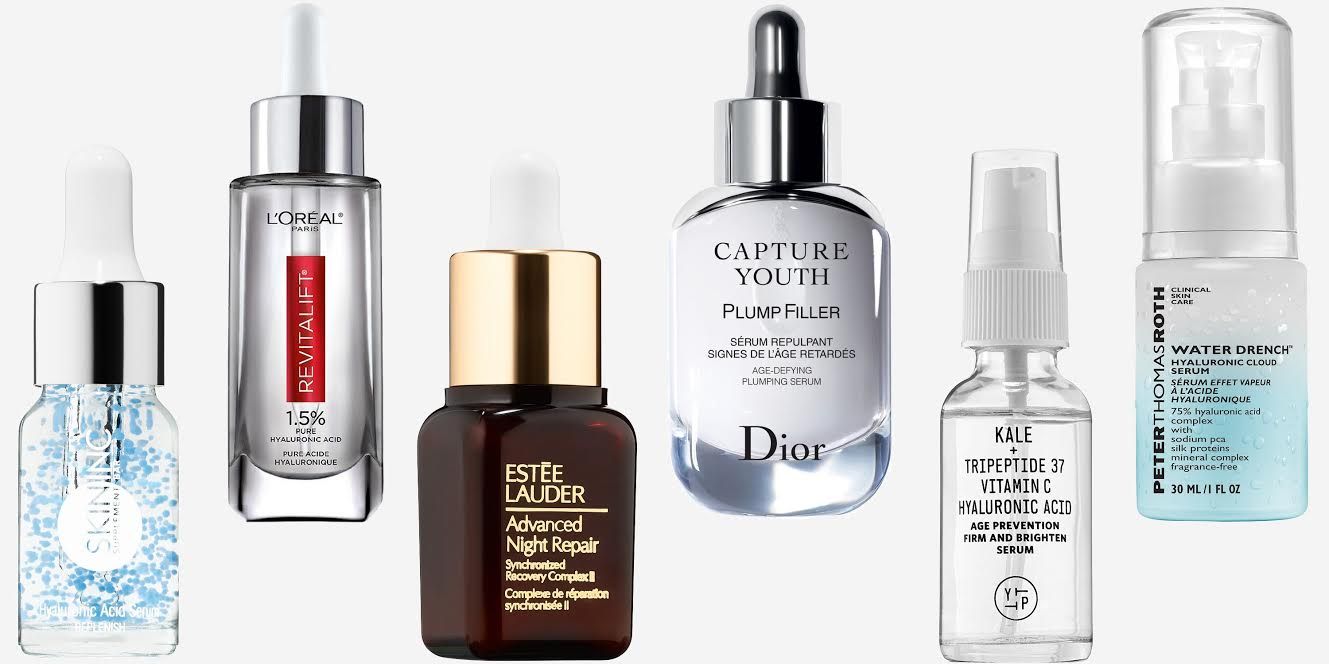What Are Serums, and Why Should You Use Them by The Story Mojo?
Serums are lightweight, fast-absorbing liquids packed with active ingredients like antioxidants, peptides, and acids. Their smaller molecular structure allows them to penetrate deeper into the skin than moisturizers, delivering potent benefits. Whether you’re tackling dryness, acne, aging, or dullness, there’s a serum tailored to your needs.
Navigating the world of skincare serums can feel overwhelming, especially with countless options promising glowing, youthful skin. Serums are concentrated formulations designed to target specific concerns, making them a powerhouse in any skincare routine. But with so many types available, how do you know which one is right for you? This guide breaks down the best serums for every skin type and concern, empowering you to make informed choices.
Types of Serums: Ingredients and Benefits
- Hyaluronic Acid Serum
- Best For: Dry, dehydrated, or sensitive skin.
- Benefits: Attracts and retains moisture, plumping the skin and reducing fine lines.
- Key Ingredient: Hyaluronic acid (a humectant that holds 1,000x its weight in water).
- Tip: Layer under moisturizer to lock in hydration.

- Vitamin C Serum
- Best For: Dullness, hyperpigmentation, or sun damage.
- Benefits: Brightens skin, fades dark spots, and protects against free radicals.
- Key Ingredient: L-ascorbic acid (a potent antioxidant).
- Tip: Use in the AM under sunscreen to boost UV protection.
- Retinol Serum
- Best For: Aging skin, acne, or texture concerns.
- Benefits: Stimulates collagen, reduces wrinkles, and unclogs pores.
- Key Ingredient: Retinol (a vitamin A derivative).
- Tip: Start with a low concentration (0.25%) to avoid irritation, and always follow with SPF.
- Niacinamide Serum
- Best For: Oily, acne-prone, or uneven skin.
- Benefits: Regulates oil, minimizes pores, and strengthens the skin barrier.
- Key Ingredient: Niacinamide (vitamin B3).
- Tip: Safe for daily use and compatible with most ingredients.
- Exfoliating Acid Serum (AHA/BHA)
- Best For: Congested, rough, or acne-prone skin.
- Benefits: AHAs (like glycolic acid) dissolve dead skin cells; BHAs (salicylic acid) clear pores.
- Tip: Use 2–3 nights weekly, and avoid mixing with retinol to prevent irritation.
- Peptide Serum
- Best For: Loss of firmness or elasticity.
- Benefits: Boosts collagen production, smoothing fine lines.
- Key Ingredient: Peptides (amino acid chains).
- Tip: Pair with retinol for anti-aging synergy.
Matching Serums to Your Skin Type
- Dry Skin: Hyaluronic acid + ceramide-based serums for hydration.
- Oily Skin: Niacinamide or salicylic acid to control shine and breakouts.
- Combination Skin: Layer lightweight hydrators (hyaluronic acid) on dry zones and niacinamide on oily areas.
- Sensitive Skin: Soothe with centella asiatica or chamomile serums; avoid fragrances and high-strength acids.
Serums for Specific Skin Concerns
- Aging/Wrinkles: Retinol, vitamin C, and peptides.
- Acne: Niacinamide, salicylic acid, and tea tree oil (anti-inflammatory).
- Hyperpigmentation: Vitamin C, tranexamic acid, or alpha arbutin.
- Redness/Rosacea: Azelaic acid or centella asiatica.
How to Apply Serums Correctly
- Order Matters: Apply after cleansing and toning, before moisturizer.
- Layering Rule: Lightest to thickest consistency.
- Wait Times: Let retinol or vitamin C absorb fully (2–3 minutes) before adding other products.
Common Serum Mistakes to Avoid
- Overloading: Using too many actives (e.g., retinol + AHAs) can irritate.
- Skipping SPF: Retinol and vitamin C increase sun sensitivity.
- Ignoring pH Levels: Vitamin C works best at low pH; don’t mix with niacinamide immediately.
FAQs
- Can I use multiple serums?
Yes! Layer hydrating + treatment serums (e.g., hyaluronic acid followed by vitamin C). - How long until I see results?
Hydration: 1–2 days. Brightening/acne: 4–6 weeks. Anti-aging: 3–6 months. - Are expensive serums better?
Not necessarily—focus on ingredient concentration (e.g., 10–20% vitamin C). - Can sensitive skin use serums?
Opt for fragrance-free, calming ingredients like oat extract or panthenol
The “best” serum depends on your unique skin goals. Start by identifying your primary concern—whether it’s dryness, aging, or breakouts—and introduce one serum at a time to monitor results. Always patch-test new products and consult a dermatologist for persistent issues. With consistency and the right formula, serums can transform your skin from the inside out.
Pro Tip: Less is more. A simple routine with 1–2 targeted serums often yields better results than a 10-step regimen.
Disclaimer: The results of using serums can vary greatly depending on individual skin types and conditions. It is recommended to consult with a dermatologist or skincare professional to determine the best serum for your specific skin needs. Always perform a patch test before trying any new product to check for adverse reactions. The information provided in this article is for educational purposes only and should not be considered professional medical advice.